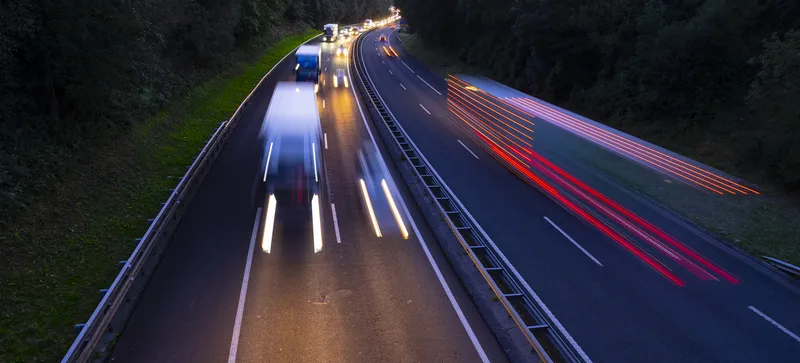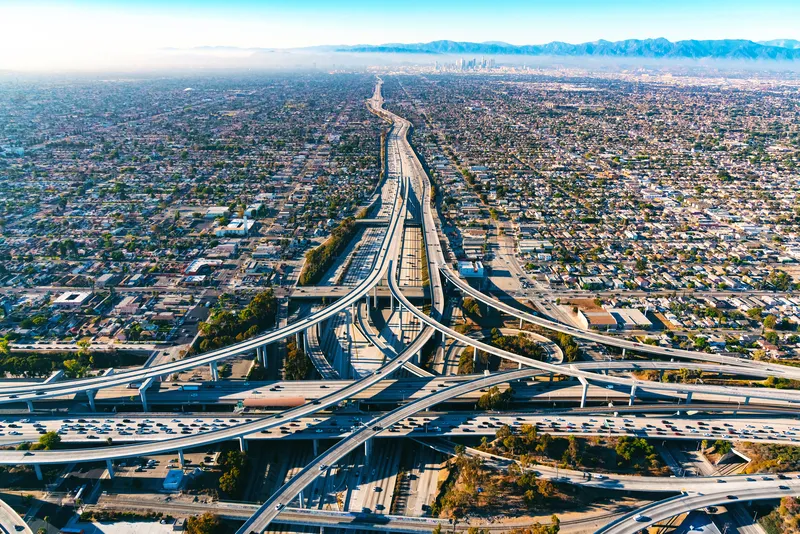According to the latest Fitch Ratings report, a widening gap for the US economy, highway, road and bridge funding deficits, can be curbed by establishing interstate US tolling, providing it is approached fairly and pragmatically.
The current tolling framework across the US seems to have no sustainable rationale for the average citizen for why some highways (in states on the east coast and the southeast, for instance) are tolled and some highways (like in many western states) are not. This fosters distrus
February 21, 2017
Read time: 2 mins
According to the latest Fitch Ratings report, a widening gap for the US economy, highway, road and bridge funding deficits, can be curbed by establishing interstate US tolling, providing it is approached fairly and pragmatically.
The current tolling framework across the US seems to have no sustainable rationale for the average citizen for why some highways (in states on the east coast and the southeast, for instance) are tolled and some highways (like in many western states) are not. This fosters distrust which any expansion of tolling must deal with to succeed.
The US highway system accounts for over 47,000 miles of US interstate roads and 17,000 miles of other limited access highways. Despite accounting for less than two per cent of the national roadway network, one-third of total vehicle miles travelled are on these roadways and they need to be maintained and improved.
Fitch managing director Cherian George claims the financial flexibility to implement low to moderate interstate toll rates is considerable without creating meaningful long-term economic risks. Importantly, though, the government will need to change the general public’s perception of interstate tolls as double-taxation. Failure to alter this collective mindset would lead to widespread public opposition that could threaten and ultimately undermine a prospective plan’s success.
As such, numerous economic, social and political factors need to be taken into consideration in order for an interstate tolling program to be successful. “Above all, tolling across highways needs to equitable so that some users do not bear an inordinate share of the cost,” said George.
The current tolling framework across the US seems to have no sustainable rationale for the average citizen for why some highways (in states on the east coast and the southeast, for instance) are tolled and some highways (like in many western states) are not. This fosters distrust which any expansion of tolling must deal with to succeed.
The US highway system accounts for over 47,000 miles of US interstate roads and 17,000 miles of other limited access highways. Despite accounting for less than two per cent of the national roadway network, one-third of total vehicle miles travelled are on these roadways and they need to be maintained and improved.
Fitch managing director Cherian George claims the financial flexibility to implement low to moderate interstate toll rates is considerable without creating meaningful long-term economic risks. Importantly, though, the government will need to change the general public’s perception of interstate tolls as double-taxation. Failure to alter this collective mindset would lead to widespread public opposition that could threaten and ultimately undermine a prospective plan’s success.
As such, numerous economic, social and political factors need to be taken into consideration in order for an interstate tolling program to be successful. “Above all, tolling across highways needs to equitable so that some users do not bear an inordinate share of the cost,” said George.









